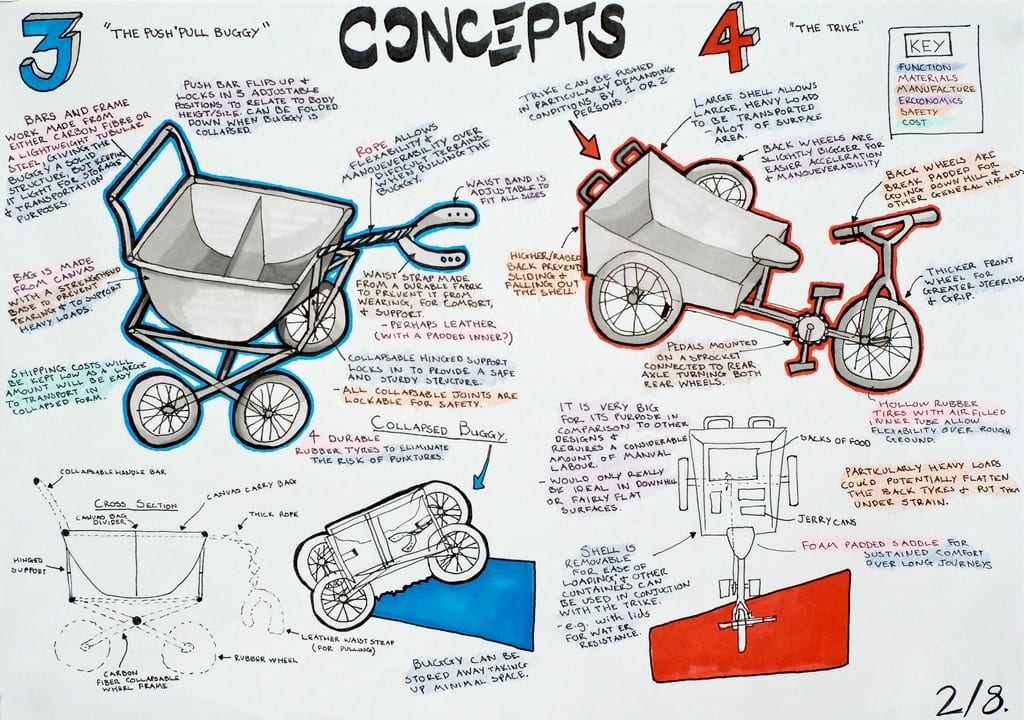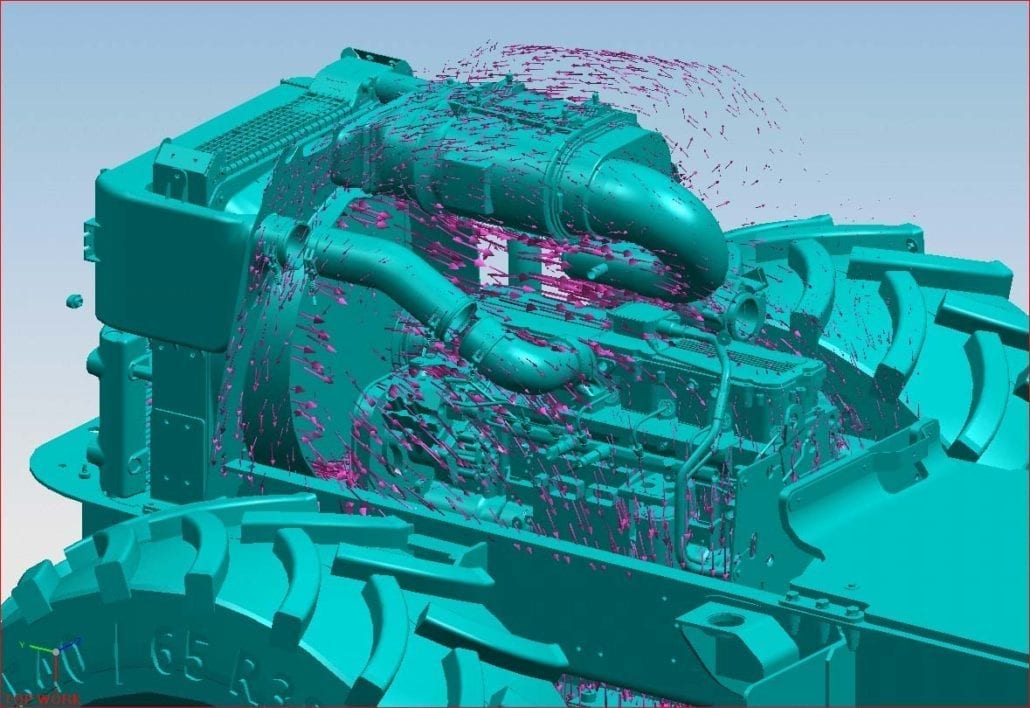Garage-Industry: Manufacturing Your Own Products From Start To Finish
A lot of modern business have turned their focus away from factories overseas, opting to make their products closer to home. Of course, this is a great selling point for a business. And, it’s one that a lot of businesses use to get customers interested in their goods. Tactics like this can often offset the extra costs of manufacturing at home. Especially if you can do it from your garage. This makes most of the operation free, as you’re already having to pay most of the bills. And, it gives you a way to keep your work at home. This is a great benefit to a lot of business owners.
The very first step to taking a product to market is the design. A product needs to be immortalised on paper before it can be made. This is a hard process, and it might require a little bit of help. To make it easier, you can try and enlist the help of a product design. But, with some hard work and sound advice, you shouldn’t have many issues doing it on your own. Of course, there’s a lot to this stage. So, it’s important to take your time.
Photo courtesy of Jordanhill School D&T Dept via flickr
Most people can’t draw very well at all. But, this doesn’t mean that you can’t sketch your ideas on paper. Trying to draw something will help you to visualise it much more clearly. It will also help you to notice issues with your design before you start making it. These drawing don’t need to be detailed. They just need to give you a visual representation of your future product. Of course, if you intend on showing these to companies, they should be done professionally. But, that’s easy to have handled if you use a drawing service.
Once you have a rough idea of what needs to be made, you can start making a digital model of it. Once again, this is a skilled field. So, it can be hard to do it by yourself. Thankfully, companies like Autodesk have some easy-to-use 3D modeling software, that can export machine-readable files. You can use this software for free. But, you won’t get amazing results. The best way to design a product is using professional software. This means that you may have to do some learning or have someone do the job for you. In some cases, though, free software could be fine.
Photo courtesy of Wikipedia
Some people also find that they benefit from making physical models of products. This is something that everyone can do. You have loads of options when it comes to the materials that you use for this. Cardboard is usually chosen by people on a budget, as it’s something most people already have. But, foam is much better. Hard, closed-cell foam is a great material for making models. It’s easy to cut and shape, without having to use tools. It enables you to create a realistic model of your product.
Once you know what the product will look like, you need to do some research. The way that you make a product will have a big impact on the item itself. And, so will the material. Using the wrong methods and parts, it’s easy to create poor products that people won’t want. This makes it incredibly important that you try to make sure know about all of the options.
The materials that you use will be the difference between a product looking and feeling great, and something that is somewhat disappointing. In recent years, plastic has lost a lot of it’s popularity. In the past, it was used because it was easy to work and abundant. But, nowadays, it is associated with cheapness. So, for most products, metal is a good material. Glass is also very good, as it makes a product feel premium. Ultimately, you should be using materials that suit the purpose of your product. For example, you wouldn’t want to make a luxury watch out of a polymer. But, you also wouldn’t want to make a rugged phone out of gold. These are some obvious examples, but you will find that the same applies to your own products.
Different materials will require different machines to be worked. This means that you need to find out which machines are best for the materials you choose. There have been loads of advancements in the ways that materials are worked with. This has had a huge impact on the amount of choice that designers have. In a lot of cases, you want to look for a balance between speed and accuracy. You need your machines to work fast so that you can keep up business. But, you don’t want them to be producing low-quality results because of speed. The machines that you use will have to be bought. So, you need to consider processes that could work for other products, too. Otherwise, you could find that you need more tools as your business grows.
The most important part of the research phase is prototyping. As you choose materials and methods, you need to be testing them. For each material that poses a good option, you should make a prototype. And, if you can, you should make prototypes using as many different processes as possible. This will give you a chance to test each choice before you make the ultimate decision. Sometimes, where one material is good for one product, it could look or feel bad as another one. Making sure that you’re able to test this will ensure that you end up with the best possible quality product.
The prototyping phase should give you a good idea of what you’re going to be using. So, now it’s time to get the ball rolling. But, you still have plenty to think about. First, you’re going to need to get your hands on the machines to do the job. This will involve doing a lot of research, to find the tools that have the best price. At this point, it might be worth asking what your prototyping companies are using. This will give you a chance to make the products exactly the same as the prototype. You also need to think about other tools, as well. Most products need some sort of finishing. This will vary from product to product. For things that are made out of metal, you may need a painting or powder-coating booth. Or, for plastic, you may need a buffing wheel. All of these tools can be found online, and you can get items from Reliant Finishing Systems to get you started.
At this point, you will also need to find suppliers for your materials. Don’t buy these from places that sell to retail customers. Instead, you need to look into wholesale and trade. These sorts of companies only sell to businesses. So, their prices reflect the amount of materials that you will be buying. This will make things much cheaper. Always do a ton of research here. It’s easy to save a little bit on each order, which will mount up to a lot in the future. Just like with your tools, you can ask your prototyping company if they can tell you where they get things from. They may even be able to help you get some money off!
Once you’ve got your machines and materials, you’re almost ready to get started. You just need to make sure that you’re not going to be breaking any laws. Working from home like this may present different rules than other businesses have to follow. If you have a mortgage, you may have to tell the lender what you’re doing. Or, if you lease the property, you may need to tell the owner. And, of course, insurance will be altered by this activity. If you have insurance that protects the building, the risk will be increased for a business. So, if you make these changes without changing your policy, you may not be covered.
Having a business run from your garage is a great way to save some money. Most people have the space to build a small factory, and they don’t even know it. But, it gives you access to your home when you’re working. It allows you to spend less time working, and more time with family. Ultimately, for most people, working like this is the best option. But, of course, you have to make sure that it’s right for you. If you put in all of this time and money, you’ll feel bad if it goes wrong. So, you need to be realistic and make sure that you’re confident in your ability to work from home. It presents certain challenges. But, once they’re overcome, living at work can be a great benefit and a pleasure.
Hopefully, this will inspire you to start designing and making your own products. This isn’t going to be cheap. But, any money that you spend at this point can be considered an investment into your business. And, most businesses can’t start without investment. In future, when you’re making money, this work and time won’t feel like anything at all.




 When you manufacture a product that you are proud of, the goal of your
When you manufacture a product that you are proud of, the goal of your 

